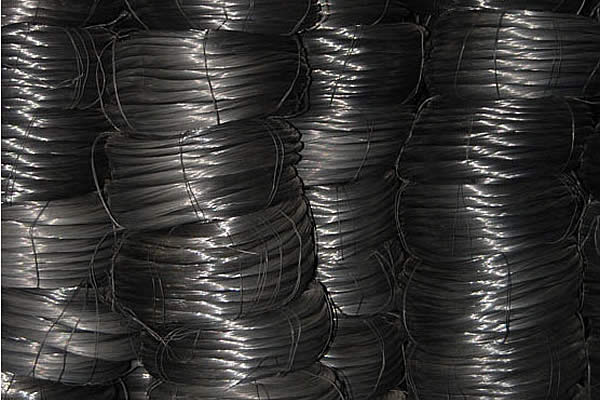 TEL:
+86-13102802206
TEL:
+86-13102802206
 Email:
fencenetting@china.com
Email:
fencenetting@china.com
 Language
Language
 TEL:
+86-13102802206
TEL:
+86-13102802206
 Email:
fencenetting@china.com
Email:
fencenetting@china.com
 Language
Language


Understanding Temporary Fencing Prices A Comprehensive Guide
When it comes to construction sites, events, or any areas requiring crowd management, temporary fencing plays a crucial role in ensuring safety and security. As businesses and individuals seek to rent or purchase temporary fencing, it’s essential to understand the factors that influence temporary fencing prices. This guide will delve into the various aspects of temporary fencing pricing, helping you make an informed decision.
Types of Temporary Fencing
One of the primary factors affecting temporary fencing prices is the type of fencing you choose. The most common types include chain link fencing, welded wire fencing, and mesh fencing. Chain link fencing is robust and often used at construction sites, whereas mesh fencing is lightweight and ideal for events. Each type has its own price range, so it’s vital to assess your needs and select the appropriate type of fencing.
Size and Height of the Fence
The dimensions of the fencing you need will significantly impact the overall cost. Temporary fences usually come in various heights, typically ranging from 4 to 8 feet. If your site requires a larger area to be fenced, this will increase the total price. For instance, a larger perimeter requires more panels, and thus, more materials, labor, and transportation costs. Always measure your site accurately to avoid overestimating or underestimating your requirements.
Rental vs
. Purchase
Another crucial factor in temporary fencing prices is whether you’re looking to rent or purchase. Renting is a popular option for short-term projects or events, as it generally requires lower upfront costs. However, if you foresee long-term needs, purchasing may be more economical in the long run. Rental prices may vary based on the duration of use, and additional fees may apply for delivery and setup. Understanding your project timeline can help you decide which option is more cost-effective.
Location and Accessibility
The geographical location of your project can also influence temporary fencing costs. Urban areas generally have higher prices due to increased logistics and transportation costs. Additionally, if the installation site is difficult to access, it may incur extra fees for delivery and setup. Always discuss these logistical aspects with your fencing provider to understand how location may affect overall pricing.
Additional Features
Lastly, any additional features or accessories you might need can affect the price as well. Features such as gates, footings, and privacy slats can add to the overall cost. If your project requires enhanced security or visibility, you may want to consider these extras, but be prepared for the additional costs associated with them.
Conclusion
In conclusion, understanding temporary fencing prices involves considering various factors such as the type of fencing, size, rental versus purchase options, location, and any additional features. By carefully assessing your needs and budget, you can determine the most suitable temporary fencing solution for your project. Whether for a construction site, special event, or other applications, temporary fencing is an essential investment for ensuring safety and security. Always shop around and consult with multiple suppliers to find the best deal that meets your specific requirements.